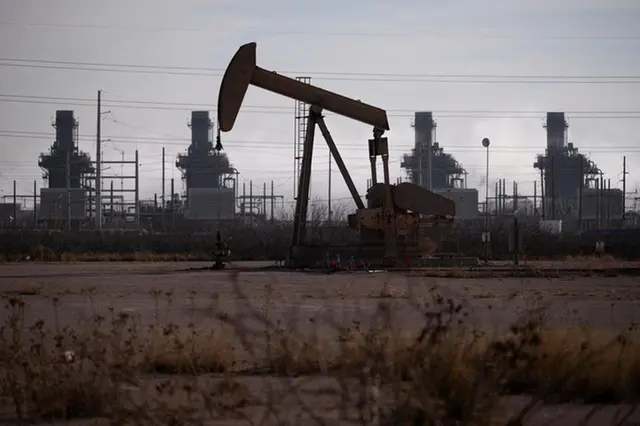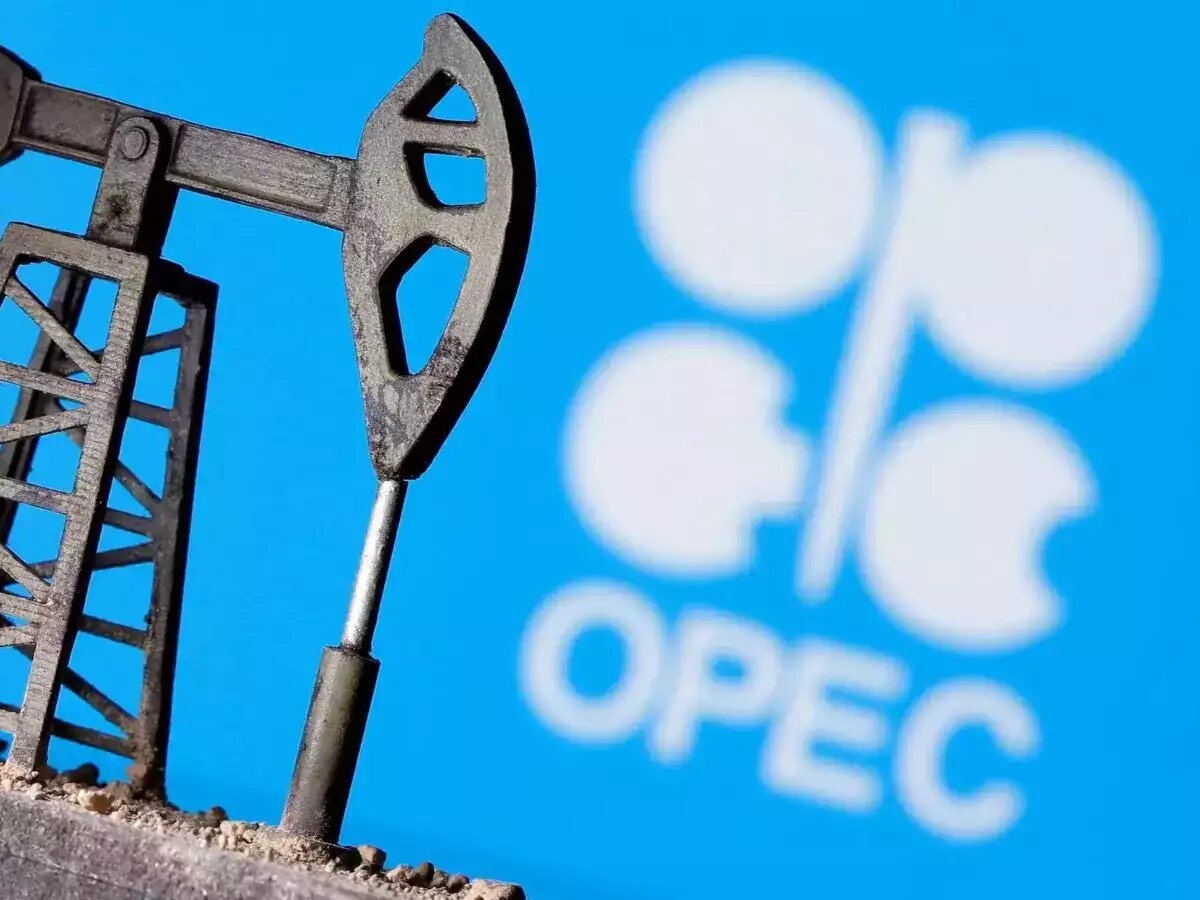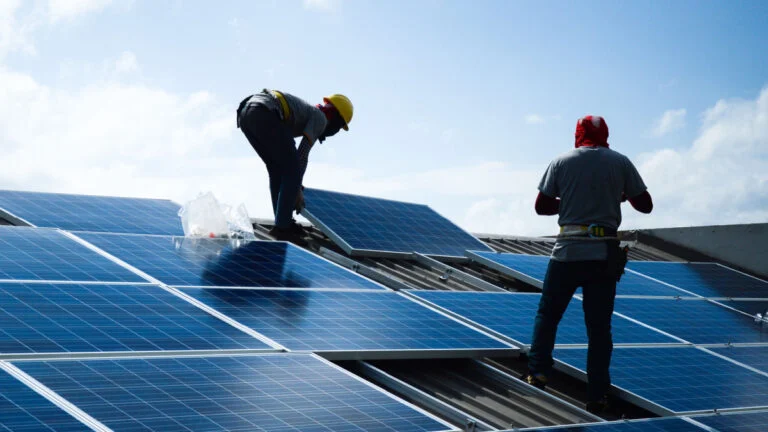Generation

OPEC+ is pumping more oil, but is it needed and at what price?: Russell

Two questions stand out after the decision by OPEC+ to accelerate increases in crude oil output: who is going to buy the extra crude, and will the group actually export the additional barrels they say they are going to produce?
OPEC+ agreed at a weekend meeting to raise production by 548,000 barrels per day (bpd) in August, up from the 411,000 bpd the group had approved for May, June and July, and 138,000 bpd for April.
The production boost will come from eight members of the group - Saudi Arabia, Russia, the United Arab Emirates, Kuwait, Oman, Iraq, Kazakhstan and Algeria.
The increase for August means that the eight will have unwound 1.919 million bpd of the voluntary 2.2 million bpd they had imposed last year in a bid to support crude prices.
OPEC+ cited what it called "steady global economic outlook and current healthy market fundamentals" in the statement announcing the increased August output, sticking to a theme from its recent communiques that the oil market is in fine shape.
However, the reality may not be quite as rosy as OPEC+ paints, with tepid demand growth in major consumers such as China, the world's top oil importer.
China's crude imports barely rose in the first five months of the year, with official data showing a gain of 0.3%, or 28,500 bpd, to 11.1 million bpd.
The growth rate will likely tick up when June data is released next week, with LSEG Oil Research expecting imports of 11.96 million bpd for the month, up from the customs number of 11.30 million bpd for June 2024.
While China's imports are likely to have been strong in June, the reason why is not quite so bullish. It is likely that refiners were buying more crude than they intended to process because prices were lower at the time when June-arriving cargoes were arranged.
Global benchmark Brent futures hit a four-year low of $58.50 a barrel on May 5 and had been trending lower since early April, the time period when June-arriving cargoes would have been bought.
The weakness in prices has seen oil imports by Asia, which buys about 60% of seaborne crude, rise in June, with LSEG estimating arrivals of 28.65 million bpd, the most since January 2023.
The higher June imports lifted Asia's arrivals for the first half of 2025 to 27.36 million bpd, up 620,000 bpd for the same period last year.
Coincidentally this is largely in line with the demand growth forecasts for the region by the Organization of the Petroleum Exporting Countries, with the group's June monthly report forecasting demand growth of 630,000 bpd for non-OECD Asia in 2025.
PRICES KEY
The question is whether the second half will see higher imports in Asia, or if the momentum seen in June will dissipate.
Much will depend on prices, as history suggests that when prices rise importers such as China and India tend to trim imports and use up stockpiles.
The brief surge in prices in mid-June sparked by Israel's attacks on Iran, later joined by the United States, will probably be enough to see China lower imports in August and perhaps September.
For imports to rise in the fourth quarter, it will likely take lower oil prices to encourage buying and inventory builds.
In that case the ball is largely in OPEC+'s court.
If the group starts producing what their quotas allow, and furthermore actually exports this oil, then it's likely that prices will continue to soften, thereby encouraging buying.
So far, it appears that actual output has lagged the higher quotas, with the five OPEC members of OPEC+ raising output by 267,000 bpd in June, short of the 313,000 bpd allowed, according to a Reuters survey released on July 4.
Much will depend on what Saudi Arabia does, given that OPEC+'s largest exporter is the producer with the most spare capacity and the most ability to raise output.
Enjoying this column? Check out Reuters Open Interest (ROI), your essential new source for global financial commentary. ROI delivers thought-provoking, data-driven analysis of everything from swap rates to soybeans. Markets are moving faster than ever. ROI can help you keep up. Follow ROI on LinkedIn and X.
The views expressed here are those of the author, a columnist for Reuters.












